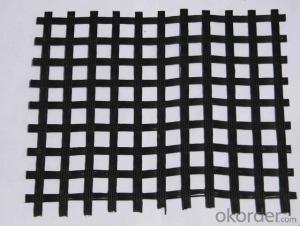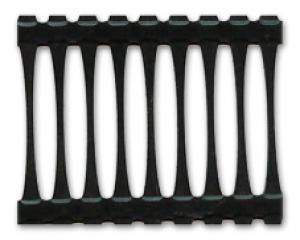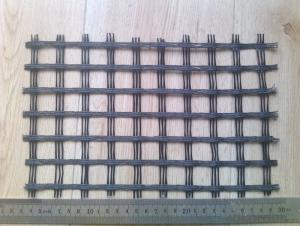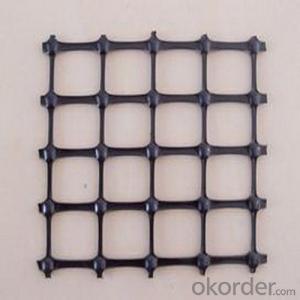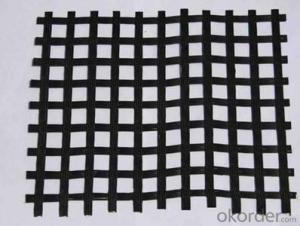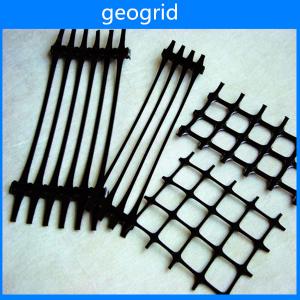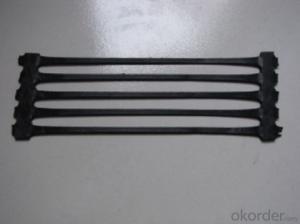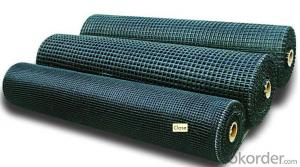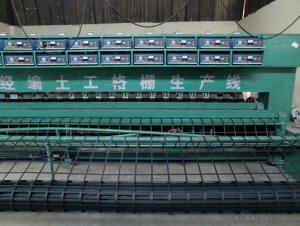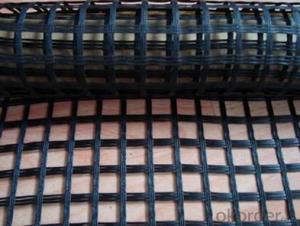Ads Geogrid
Ads Geogrid Related Searches
Fridge With Freezer On Bottom Driveway Pillars With Lights Blu Ray Player With Recorder Blu Ray Player With Internet Geogrid In Retaining Walls 1708 Biaxial Fiberglass Tape Pullout Resistance Of Geogrid Geogrid Warp Knitting Machine Srw 3 Series Geogrid Biaxial Plastic GeogridHot Searches
Fiberglass Scaffolding For Sale Fiberglass Panels For Sale Fiberglass Greenhouses For Sale Geogrid Fabric For Sale Gas Powered Core Aerator For Sale Revolution 4 Propeller For Sale Alabaster Carving Stone For Sale Geogrid For Sale Near Me Tensar Geogrid For Sale Geogrid For Sale Ex Display Log Cabins For Sale Photoelectric Cells For Sale Athletic Lockers For Sale Cubicle Partitions For Sale Stearman Propeller For Sale Palram Greenhouses For Sale Gumbo Bowls For Sale Suzuki Propellers For Sale Freight Crates For Sale Outhouse Sheds For SaleAds Geogrid Supplier & Manufacturer from China
Okorder.com is a professional Ads Geogrid supplier & manufacturer, offers integrated one-stop services including real-time quoting and online cargo tracking. We are funded by CNBM Group, a Fortune 500 enterprise and the largest Ads Geogrid firm in China.Hot Products
FAQ
- In the case of the subgrade with Geogrid
- A grille is made of polypropylene, PVC polymer and thermoplastic or molded by two-dimensional grid or a certain height of the three-dimensional mesh screen, when used as a civil engineering, called geogrid. Geogrid is a kind of main geosynthetics, which has unique properties and effects compared with other geosynthetics. Geogrid is often used as reinforcement of reinforced soil structure or composite material
- Geogrids improve soil stabilization by providing reinforcement and enhancing the tensile strength of the soil. They create a stable interlocking structure within the soil, preventing it from shifting or eroding under heavy loads or environmental factors such as rainfall or wind. Geogrids also distribute the load more evenly, reducing the pressure on the soil and preventing settlement. Overall, geogrids help to enhance the stability and durability of soil in various construction and civil engineering applications.
- Yes, geogrids can be used in mining tailings containment. Geogrids are commonly used in mining operations to reinforce and stabilize various types of soil and rock structures, including tailings containment facilities. By providing tensile strength and stability, geogrids can enhance the overall integrity and performance of tailings containment systems, helping to prevent erosion, slope failure, and environmental contamination.
- Yes, geogrids are designed to be resistant to extreme temperatures. They are typically made from materials that can withstand both high and low temperatures without significant degradation. This allows geogrids to maintain their structural integrity and performance in various climatic conditions.
- Yes, geogrids can be used for slope stabilization. Geogrids are commonly used in civil engineering to reinforce and stabilize slopes by providing tensile strength and improving the overall stability of the soil. They are effective in preventing soil erosion, reducing the risk of landslides, and ensuring the long-term stability of slopes.
- What is the distance between the waterproof plate and the top of the tunnel? What are the relevant provisions of this specification?
- Some of the design drawings, the specification seems to be unable to find, which is related to the location of longitudinal flexible drainage pipe
- There are several different types of geogrids available, including uniaxial geogrids, biaxial geogrids, and triaxial geogrids. Uniaxial geogrids are designed to primarily provide tensile strength in one direction, while biaxial geogrids offer strength in both directions. Triaxial geogrids, on the other hand, provide strength in all three directions. Each type of geogrid is used for specific applications depending on the desired level of reinforcement required.
















